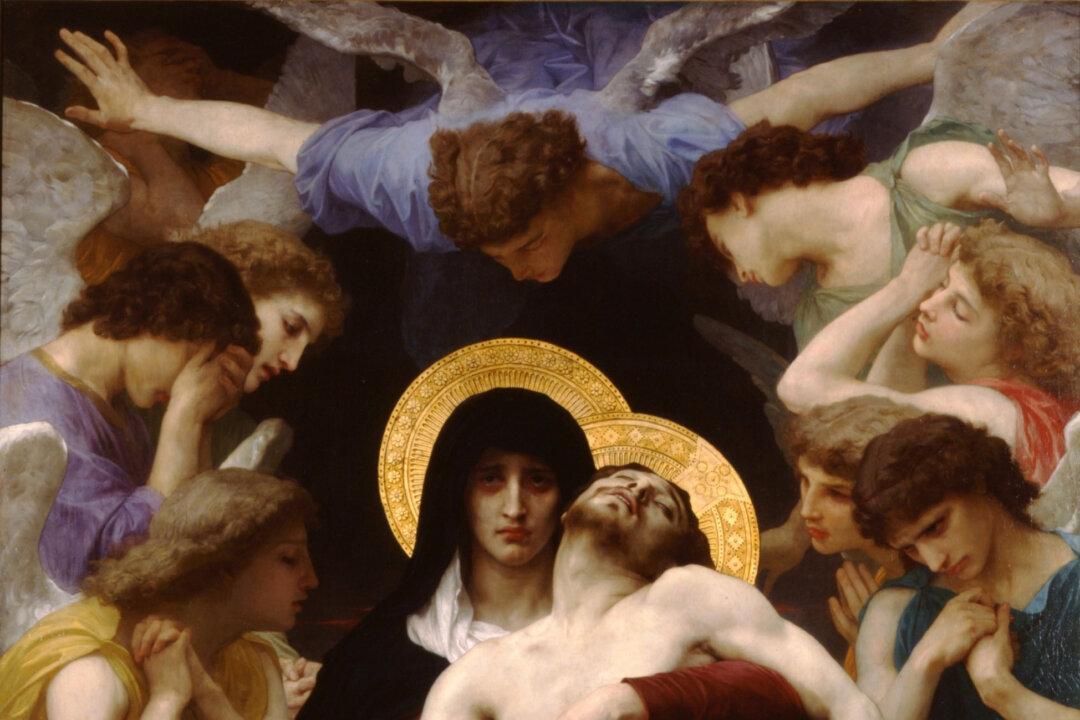The Pietà is a common theme throughout the history of Western art, and pertains to works of art that depict the Virgin Mary with Jesus after his crucifixion. The word “pietà” roughly translates to “pity” or “compassion,” and illustrates Mary’s love for her son.
The most famous Pietà is a sculpture by Renaissance artist Michelangelo. At the age of 24, Michelangelo finished “The Pietà” for a chapel at Old St. Peter’s Basilica, in Rome. Mary is depicted holding Jesus’s body in her lap. She has compassion for her son’s suffering, but accepts his fate. Mary’s slightly raised brow reveals a very subtle hint of sadness upon her youthful face.





